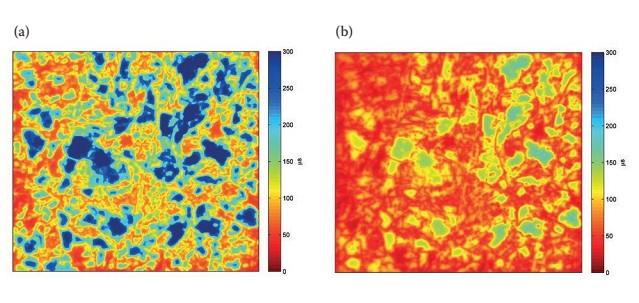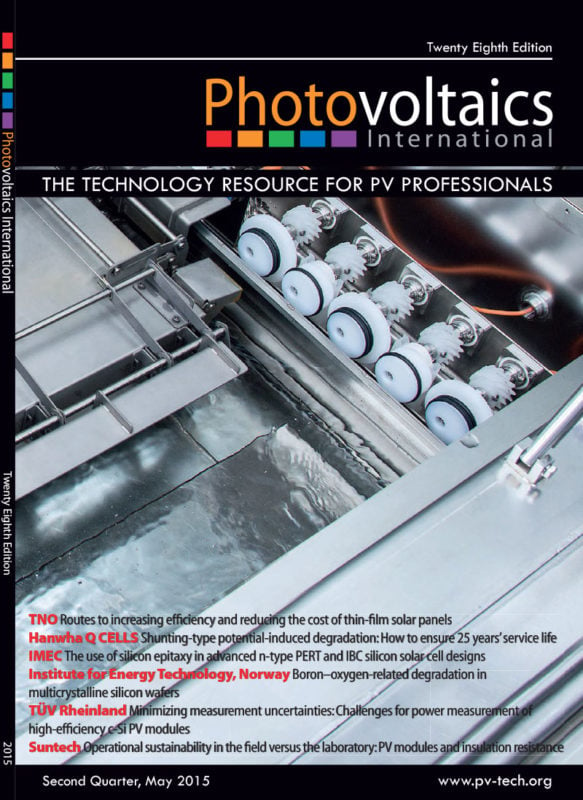By Rune Søndenå, Institute for Energy Technology, Kjeller, Norway
Extended crystal defects, such as grain boundaries and dislocations, have long been considered the main factors limiting the performance of multicrystalline (mc-Si) silicon solar cells. However, because the detrimental effects of these crystal defects are reduced as a result of improvements in the solidification process as well as in the feedstock and crucible quality, the degradation caused by boron–oxygen complexes is expected to be of increasing importance. Light-induced degradation (LID) occurs in both p- and n-type crystalline silicon solar cells that contain both boron and oxygen. Because of the fundamental differences in the solidification processes, mc-Si silicon contains less oxygen than Czochralski silicon; nevertheless, the oxygen content in mc-Si silicon is still sufficient to cause degradation, although to a lesser extent than in the case of Czochralski silicon. Whereas B–O-related degradation of 0.5 to 1% abs. can be found in Czochralski cells, the degradation in conventional mc-Si cells is limited to around 0.1 to 0.2% abs.


